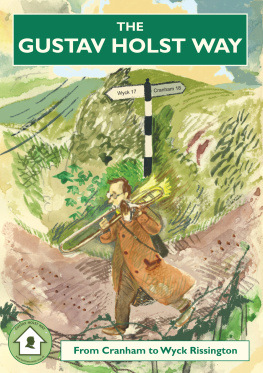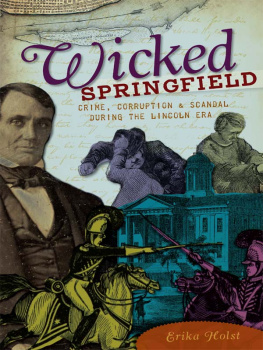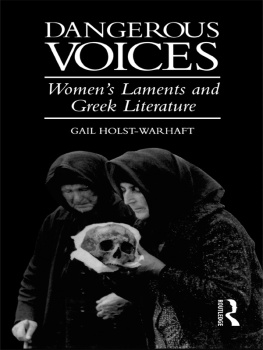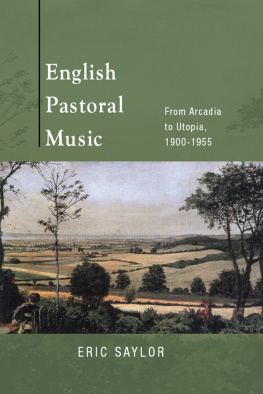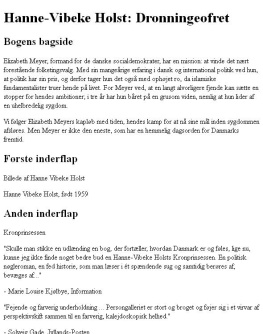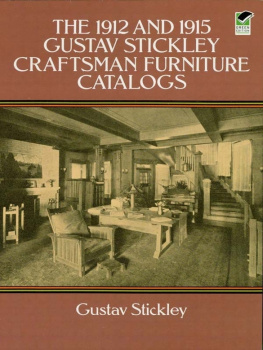
Gustav Holst (left) and Ralph Vaughan Williams on one of their occasional country walks together, in the Malvern Hills in September 1921.
Published by
REARDON PUBLISHING
PO Box 919, Cheltenham, Glos, GL50 9AN.
Email:
Copyright 2014
Words and Walk Photographs by Frank Partridge
ISBN: 9780956376930

Cover images and
Gustav Holst illustrations by Paul Taylor
Book Design by Nicholas Reardon
Acknowledgements
Our thanks to the following individuals and organisations for their help in creating the walk and guidebook:
Trustees and volunteers at the Holst Birthplace Museum; Steve Blake; Steve Brook; Susanne Grn; Vanessa Zecha; the Long Distance Walkers Association; openstreetmap.org; the Ramblers Association; Gloucestershire County Council Highways Department; Friends of Pittville.
GUSTAV HOLST WAY

Foreword
The Gustav Holst Way is a medium distance ramblers route from Cranham to Wyck Rissington, via Cheltenham and Bourton-on-the-Water. Each place has close associations with the composer, and the broad stretch of Cotswold country that connects these important milestones in Holsts life and musical career was well known to him. He recorded many a pleasant day spent walking in the hills. Towards the end of his life, when the composer was too sickly and frail to negotiate the undulating terrain on foot, he took a joyous, leisurely motoring tour of the Cotswolds, accompanied by his brother Emil by then a Hollywood actor and his daughter Imogen. We like to think that on this final family excursion they visited many of Gustavs old haunts along the way between Cranham and Wyck Rissington.
The walk is 35 miles in all (with the four optional detours adding a further eight miles or so) and can be undertaken in either direction. Although the record time for completing the route was set east-to-west from Wyck Rissington to Cranham, the more logical starting point is at Cranham, which played an important part in Holsts childhood, with the natural conclusion at Wyck Rissington, where his professional music career began. It is the west-to-east route that is described in this guidebook.
For the convenience of walkers, the route is divided into five sections, ranging in length from about 6-8 miles. The sections are graded for difficulty according to the classification system used by the Ramblers Association and estimated times are given at the start of each section. Walking times can vary considerably depending on the weather, the time of year, the underfoot conditions and the walkers level of fitness. Convenient access points, parking and refreshment stops can be found in the appendix. Special points of interest and historical notes appear in shaded boxes at the end of each section.
Gustav Holst Way: Ups and Downs


Two of the Ramblers Associations five walk categories apply to the Gustav Holst Way. Moderate is suitable for people with some experience of country walking and a reasonable level of fitness. It may include some steep paths and open country. Walking boots and warm, waterproof clothing are recommended. Strenuous is for experienced ramblers with an above average fitness level. This grade of walk may include hills and rough country. Walking boots and warm, waterproof clothing are essential, and when underfoot conditions are wet, an Alpine pole would be useful. Moderate/strenuous is a mixture of the two.
Authors Note
In writing the first guidebook to the Gustav Holst Way, published exactly 100 years after the young composer began work on The Planets, I am indebted to the dedicated groundwork of several members of the Holst Birthplace Trust who helped bring the walk into being. The route was originally conceived by former Trustee Brian Carvell, who wanted to create a permanent memorial to Gustav Holsts life-long connection with this glorious corner of England. A committee was formed under the chairmanship of Roger Graham to develop the plan, scope out the route and secure roundels and signposts at key points.
While they walked the route volunteers took notes and compiled the first written guide, which formed the prototype of this book. By 2011 their work was done, and the walk was officially opened with a ceremony at the Holst Birthplace Museum in Cheltenham in May of that year.
This guidebook remains faithful to the original route, and its division into five easily walkable sections, despite the mild temptation to create seven sections, not five, and name each of them after one of Holsts planets. I can vouch that there are stretches of this sometimes challenging trek which cry out to be described as Mars, the Bringer of War or Saturn, The Bringer of Old Age.
The one planet Holst left out of his masterpiece was Earth itself. Might I suggest that the Gustav Holst Way completes the set for the composer, by guiding you through some of the loveliest acres to be found anywhere on his missing planet?
The bulk of my own research took place during a mercifully fine and dry August, when I was accompanied by Sara Salvidge from the Holst Birthplace Museum in Cheltenham. Saras sense of direction is almost as unreliable as mine and, through no fault of the team who laid out the route and roundels, we lost our way on numerous occasions. In retrospect, it might have helped if we had thought to bring a map with us. My thanks to Sara for her extensive local knowledge and calm, unflustered demeanour whenever we strayed from the straight and narrow, and to the volunteers who kindly drove deep into the Cotswolds to collect us when each days walking was done.
Now, for the first time, we present everything you need to complete the Gustav Holst Way at whatever pace you prefer: an illustrated description of the route and all its major features, alongside a series of clear and simple maps illustrating each of the five sections. The bracketed numerals dotted throughout the text correspond with important points on the maps, to help with orientation. You never know, but if Sara and I attempt the walk again and remember to take this guidebook with us, we might manage to keep on the right track next time.
Frank Partridge
Richard Smith (1952-2013)
This guidebook is dedicated to the memory of Richard Smith, a Trustee and volunteer at the Holst Birthplace Museum, who died in October 2013. Richard and his wife Catriona walked the trail extensively when the Gustav Holst Way was being marked out, and Richard offered many useful suggestions while the book was being written.
The Gustav Holst Way
Detours
The Record-Setter
On 14 April 2011, seventeen-year-old Will Wood left Wyck Rissington church at 6:25am and arrived at Cranham church at 7:40pm: his time of 13 hours 15 minutes is the fastest recorded walk/run along the length of the Gustav Holst Way. Will was being sponsored to enable him to travel to Zambia, where he helped build a shelter for elderly people whose families had died of AIDS. He chose the Holst Way after being inspired by the composers work. Shortly before his record-setting exploits he had played the oboe with the Gloucestershire Youth Orchestra in a performance of

